Movies are mirrors reflecting the societies and cultures we live in. Often, movies draw inspiration from cultural settings, presenting layered storytelling. With India’s rich heritage sites, it is no surprise that Bollywood has frequently relied on them to add depth to their storylines. Whether during the golden era of Bollywood, the influx of Western storytelling ideas, or in contemporary times, movies have utilized different methods, primarily through songs and dance, to present their narratives. Let’s explore five Bollywood movies that have showcased heritage sites to enhance their storylines.
Veer Zaara (2004) Heritage site: Qila-i-Kohana, Purana Qila
Released when millennials were mainly in their student days, “Veer Zaara” remains a cult classic romantic film known for its grand scale storyline, screenplay, and music. The backdrop of Qila-i-Kohana mosque appears in the song “Do pal,” conveying the helplessness of Veer and Zara. The historical significance portrayed in the song provides a sense of their enduring love that transcends time. The song’s popularity turned the location into a popular destination among locals, leading to conservation and awareness initiatives by the authorities. Evidence shows that heritage tourism and infrastructure development have been undertaken at Purana Qila due to its association with the movie.
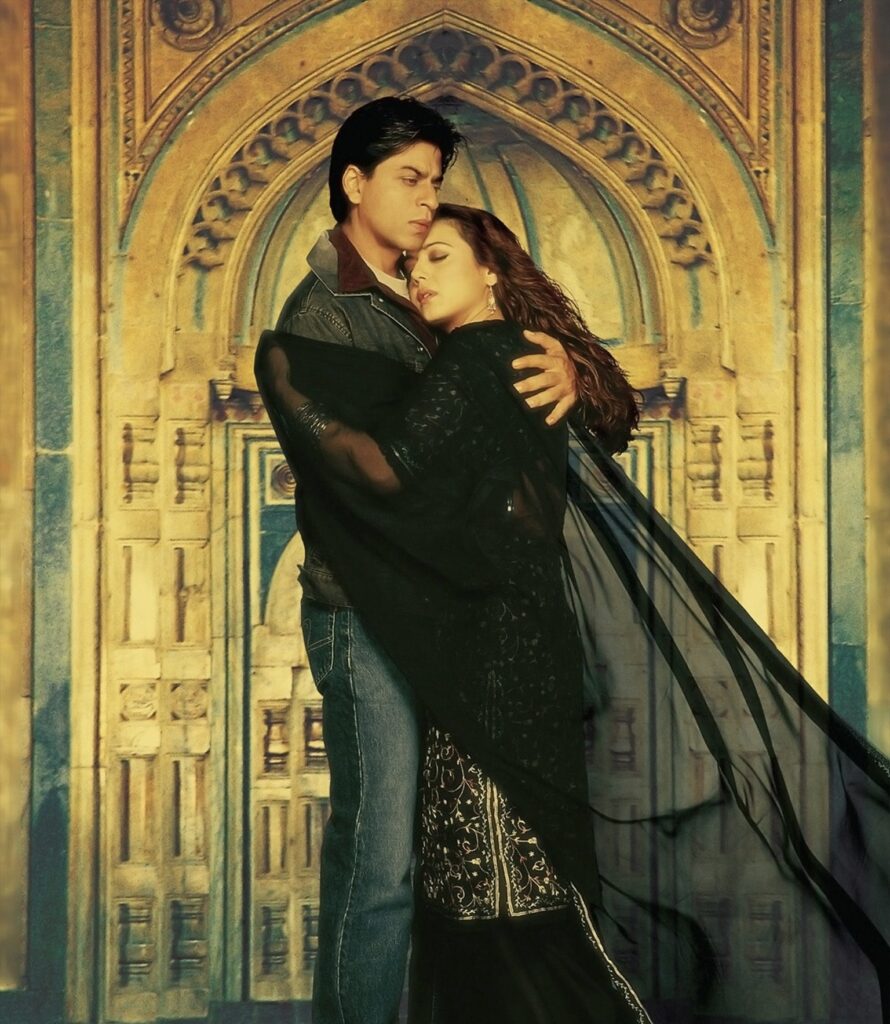
Lakshya (2004) Heritage site: Feroz Shah Kotla
“Lakshya” is one of the earliest Indian coming-of-age movies, where the lead character is portrayed as directionless, casual, and vulnerable. Feroz Shah Fort is the setting during the song “Agar Main Kahoo” when Karan (Hrithik Roshan) plans to reveal his Army plans and proposes to Romil. Little did he know the monumental changes he would face in the army. The weathered relics of Feroz Shah Kotla symbolize what awaits Karan in the near future. While he enjoys his time with Romil amidst the Tughlaq monument’s landscape, the ruins and remains shown represent Karan’s inner journey to discover his true self throughout the movie.
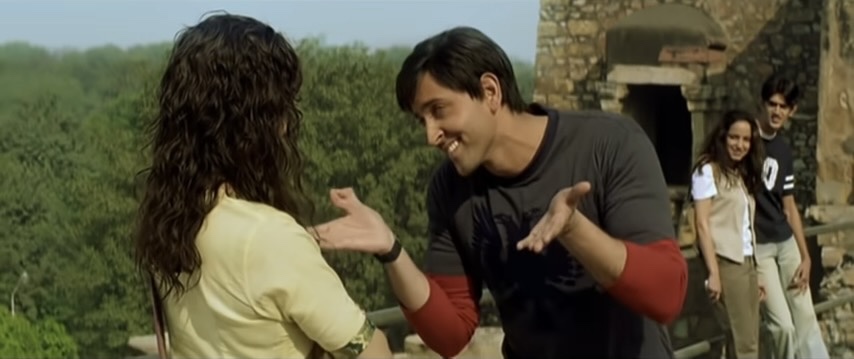
PK (2014) Heritage site: Agrasen ki Baoli
During the filming of “PK,” Agrasen ki Baoli was not as popular as it is now and was often associated with haunted stories. The portrayal of the Baoli in the movie can be interpreted in several ways. The scene where Jaggu (Anushka Sharma) finds PK (Amir Khan) in the Baoli showcases his dejected state and reveals his backstory, fears, and search for understanding of societal norms, religious structures, and his way back home. It can also be seen as a representation of PK offering simple solutions to religious issues, mirroring the Baoli’s three-layered stairwell addressing the water problem during the 14th-century Tughlaq era. Furthermore, the Baoli, a resting place for travellers in ancient times, resonates with our galactic traveller finding solace in it.
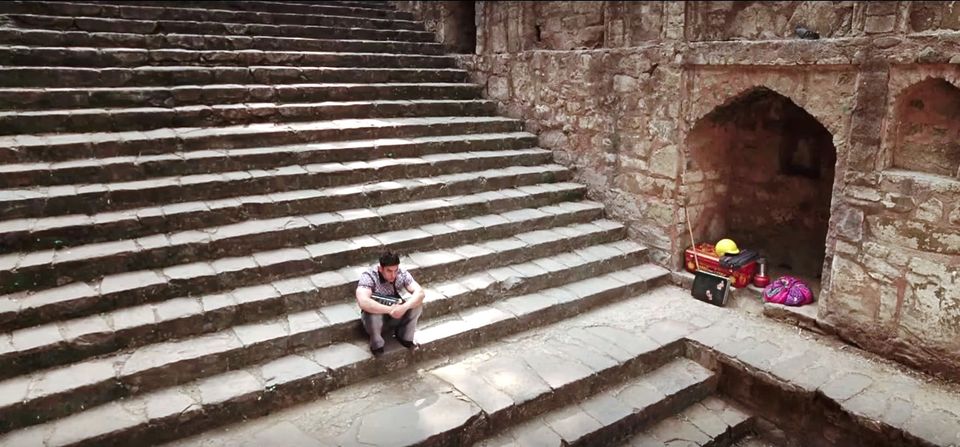
Jodha Akbar (2008) Heritage sites: Fatehpur Sikri and Amer Fort
“Jodha Akbar” transitions from metaphors to literal grandeur in its storyline. The movie provides a life-long lesson to future content creators on depicting heritage landscapes that contribute to the authentic narrative. The director, Ashutosh Gowariker, unleashes his imagination on screen with the grand-scale depictions of Fatehpur Sikri, Agra Fort, and Amer Fort. While these monuments are essential to showcase due to the period setting, the movie gives viewers a glimpse into the street life and daily existence during that era, satisfying the historian within us all who wonder about life in those times.
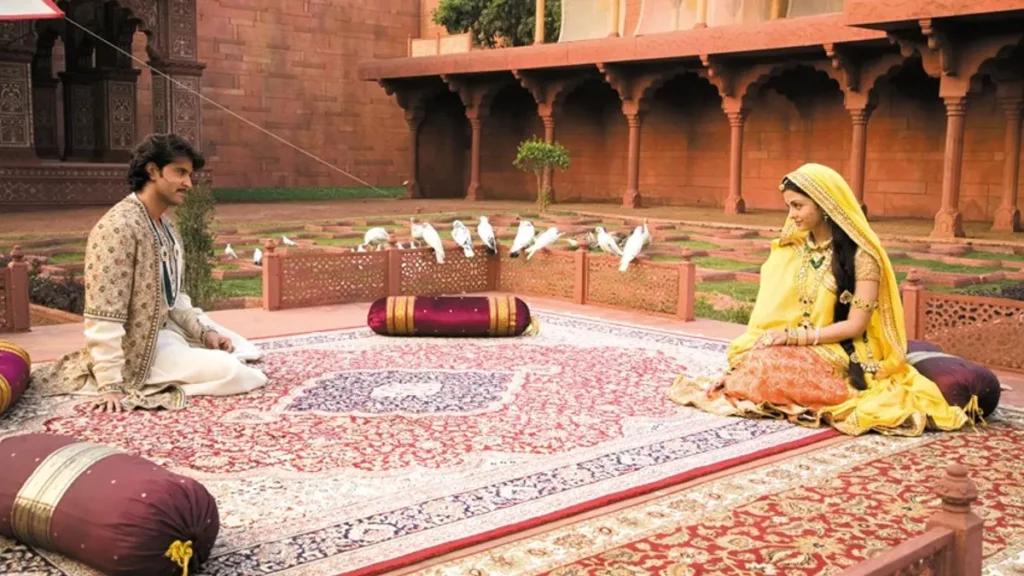
Rockstar (2011) Heritage site: Nizamuddin Dargah
“Rockstar” expertly blends a heritage theme with its storyline, making it a memorable movie. Janardhan’s (Ranbir Kapoor) transformation from a goofy rockstar aspirant to an enlightened singer resonates deeply with the audience. Janardhan perpetuates the themes of Nizamuddin Auliya and Sufism as he surrenders himself to life, love, and music after facing hardships in his love life and family. The cinematography of the Dargah portrays Janardhan’s journey authentically, especially in the track “Kun Faya Kun,” which represents his soul’s journey. The song transcends religious boundaries, prompting the current generation to reflect on the lessons they can draw from various cultures.
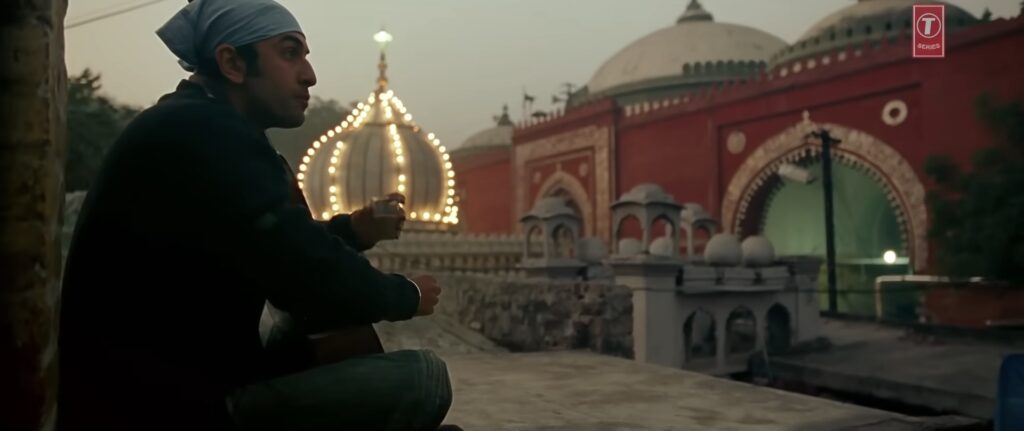
Movies often contain scenes that may have multiple interpretations and themes. Heritage sites add a multi-layered context to movie narratives, offering true value and contemporary relevance. The authorities’ actions to conserve and preserve such sites become advantageous due to the movies’ connection with people.